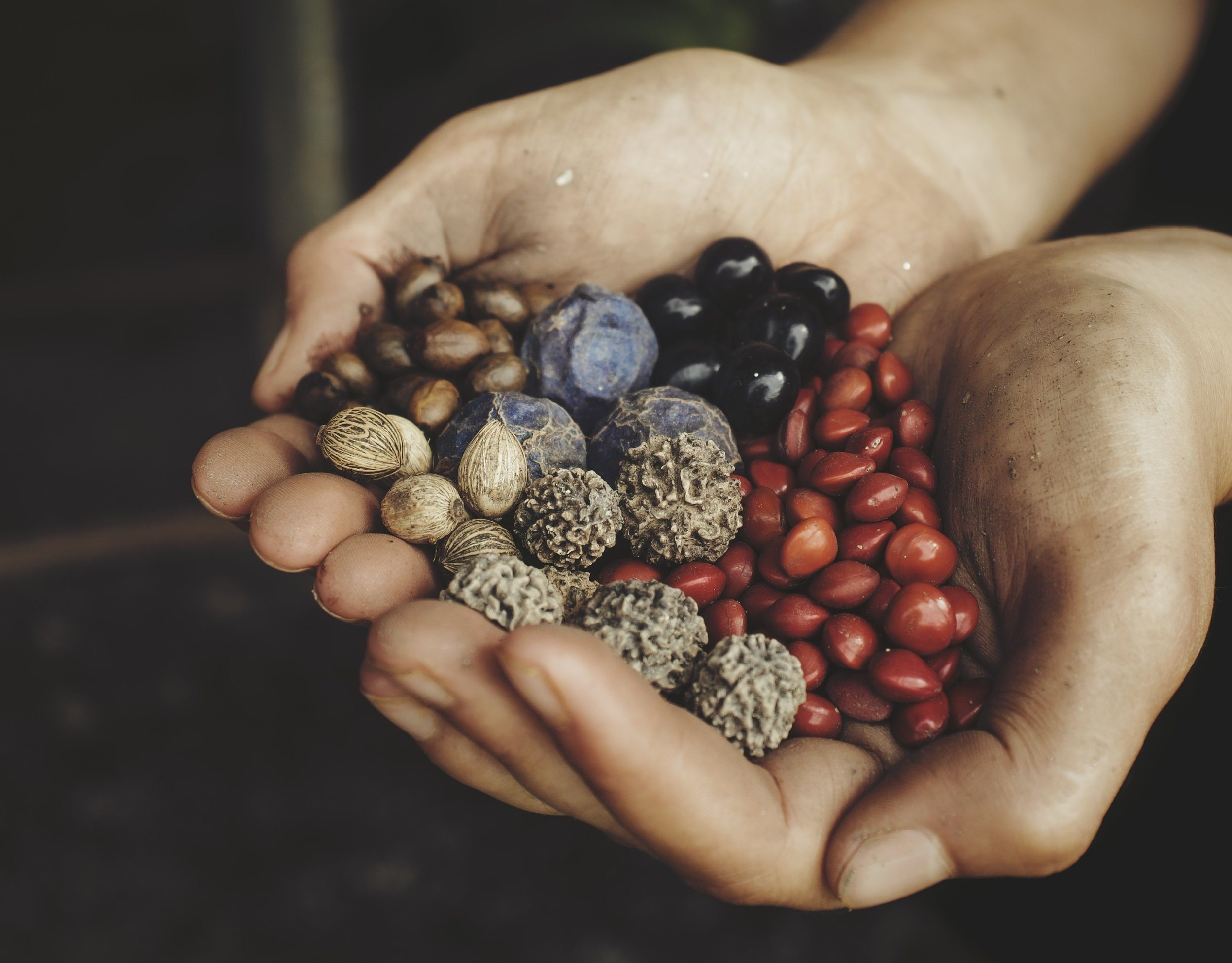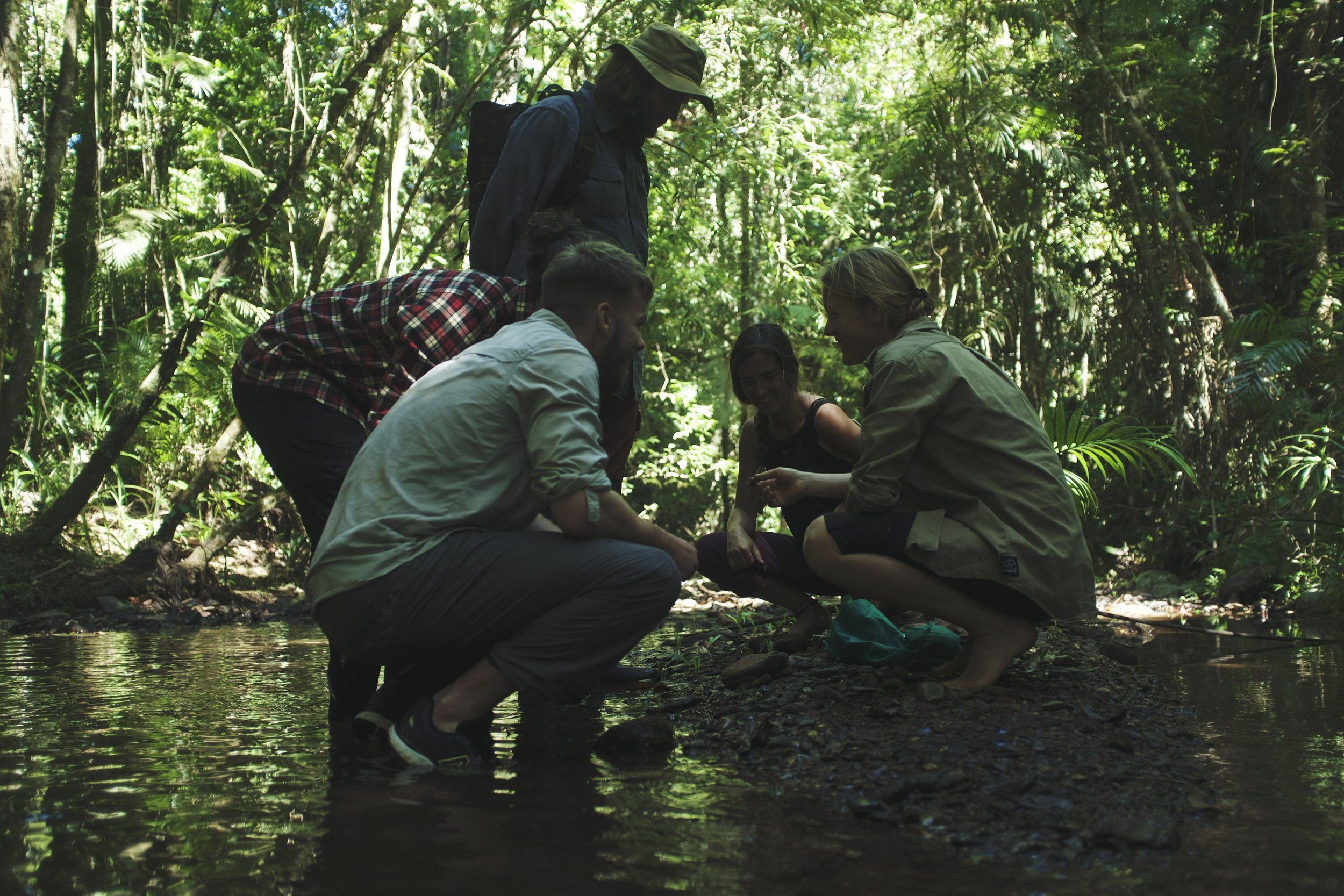Seed to Canopy: How We Track the Entire Journey
Every rainforest tree has a story - and at ClimateForce, we’re dedicated to following that story from the very beginning. Our Seed to Canopy Journey program represents one of the most comprehensive and data-driven approaches to ecosystem restoration anywhere.
By tracking each seed from the moment it is collected, through germination and planting, and into maturity, we gain powerful insights into what works - and how we can improve the science of large-scale rainforest regeneration.
It Starts With the Seed
The journey begins with ethical seed collection on private lands and conservation properties. For every seed batch, our field team records:
GPS location of collection site
Date of collection
Species and quantity collected
This careful documentation ensures that we maintain transparency, traceability, and data integrity from the very first step of the restoration process.
Tracking Every Stage of Growth
Once collected, seeds enter our propagation program:
Germination Stage: Seeds are tracked as they sprout and develop under nursery conditions. We monitor germination rates and document any early-stage mortality or abnormalities.
Transplanting Stage: As seedlings grow stronger, they are moved to larger containers or field-ready conditions, with continued monitoring for robustness and species performance.
Planting Stage: At the right time, seedlings are carefully transported and planted at restoration sites, where their exact location and species identity are recorded.
This continuous tracking allows us to share detailed data along the entire journey from seed to planted tree.
Long-Term Monitoring: Beyond the Planting
At ClimateForce, planting is only the beginning. What matters most is how these trees survive and contribute to the wider ecosystem over time.
Our long-term monitoring includes:
Mortality tracking: Our field team assesses each row and plot to record survival rates.
Canopy development measurements: We analyse how quickly and effectively species contribute to creating multi-layered canopy structures.
Species-specific robustness: Some species naturally outperform others; our data helps identify which ones thrive under specific conditions.
Ecosystem influence: We assess how individual species contribute to the overall health and diversity of the restoration system.
This approach gives us an unrivalled understanding of the dynamics of tropical rainforest recovery—and it informs every subsequent restoration phase.
Why It Matters: Data-Driven Restoration
The Seed to Canopy Journey does more than just document our work. It provides:
Predictive knowledge about which species combinations are most resilient. Using real-time field data and drone-based monitoring, we’re identifying which species—and which combinations—perform best under specific tropical conditions. This allows us to reduce trial-and-error in planting designs, increase survival and canopy closure rates and prioritise species with high ecological value and resilience.
Guidance for future restoration projects worldwide. By documenting every stage—seed collection, nursery development, site preparation, growth monitoring—we’re creating a replicable model for others to use.
Whether restoring forest in Queensland or the Amazon, this journey provides:, strategic frameworks for high-efficiency planting; data-backed weed and pest management strategies; and adaptive templates that respond to real-world field dynamics.
Accountability and transparency for our partners, funders, and landholders. The Seed to Canopy system creates clear visibility into what’s been planted, how it’s growing and what’s being learned.
By closing the loop between seed collection and long-term impact assessment, we are creating a true evidence-based model for regenerative restoration.
The Future of Rainforest Restoration
At ClimateForce, we believe that every seed holds the potential to reshape a landscape. But regeneration doesn’t happen in isolation—it emerges from the intelligent connection between planning, planting, monitoring, and adaptive response. Every action, from the moment we select a species to the time its canopy closes overhead, is part of an integrated feedback loop. Our aim is to make sure no labour is wasted, no insight overlooked, and no tree planted without a purpose.
As we grow our restoration work across diverse tropical environments, this system continues to evolve—powered by data, field experience, and collaboration with communities and landholders. The result is a regenerative model that’s as adaptable as it is ambitious.
As we expand our restoration efforts across tropical landscapes, this system will continue to evolve, with the next phase including:
Analysis of our drone-based monitoring for enhanced canopy analytics. These include Canopy Height Models, vegetation volume estimation, gap closure timelines, and species-specific crown differentiation. This allows us to quantify success not only in survival rates—but in ecological function and habitat development.
Real-time digital data sharing with landholders and stakeholders. Live data access for landholders, researchers, and partners is sessential. Whether it’s rainfall data, canopy growth metrics, or weed management outcomes, stakeholders will have near real-time visibility into how each site is progressing.
This creates a new level of transparency and trust—crucial for funding models, impact verification, and collaborative land management.
Refinement of species selection algorithms based on long-term field data. By layering long-term growth data with microclimate feedback, we are enhancing our species selection tools. This helps us predict not just what grows well—but what grows best in particular zones, with the most regenerative return on investment (ROI).
These refinements are key to maximising functional biodiversity, optimising planting density, and reducing resource waste.





